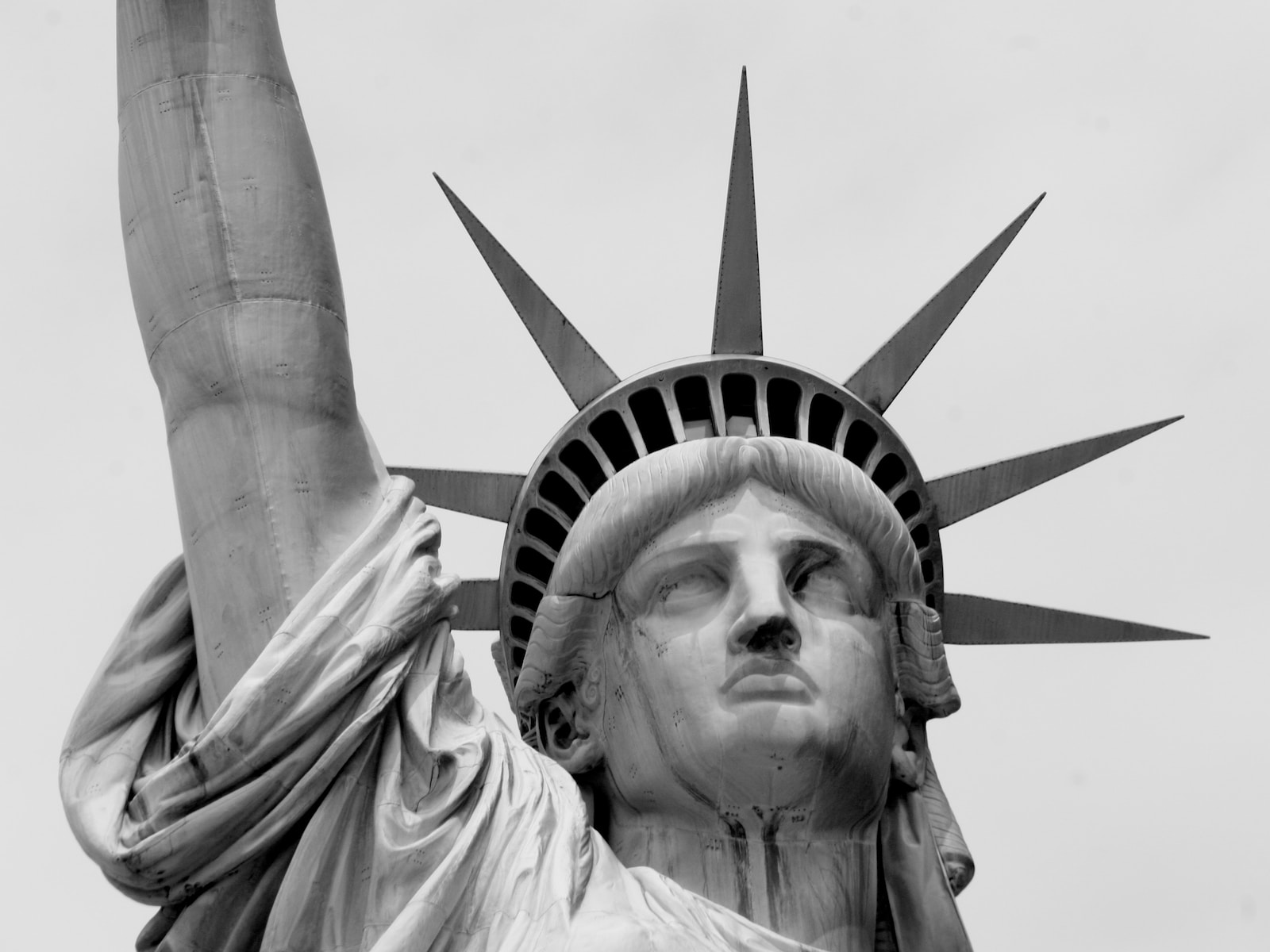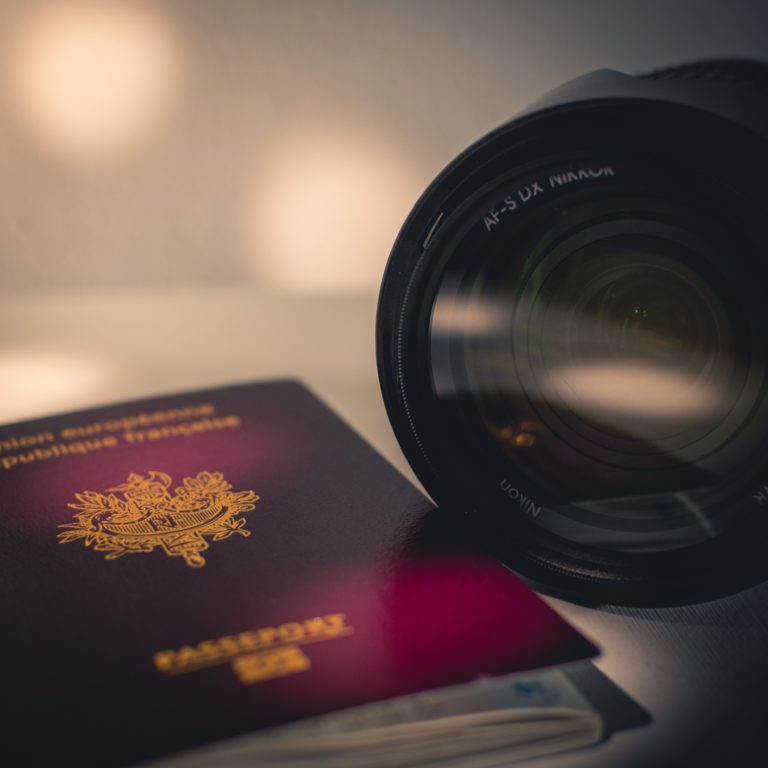The Public Charge Rule
- What is the Public Charge Rule?
- History of the Public Charge Rule
- How did 2019 change the public charge rule?
- How has the Biden Administration affected the Charge Rule?
- Who does this policy affect?
What is the public charge rule, and how does it affect me?
Immigration law in the United States has included the concept of a “public charge” since at least 1882. However, the term was not officially defined until May 1999, when the Immigration and Naturalization Service (INS) released what is known as the “1999 Interim Field Guidance”. This guidance established the definition of a public charge as an individual who is “primarily dependent on the Government for subsistence, as demonstrated by either the receipt of public cash assistance for income maintenance or institutionalization for long-term care at Government expense.”
This definition is still in use today by the Department of Homeland Security (DHS) and the Department of State (DOS) in determining eligibility for permanent residency or a visa. While applicants are not required to submit Form I-944 or DS-5540 when applying, a public charge portion and additional questions were added to Form I-485 (Application for Adjustment of Status). It is important to note that any green card applicants applying for permanent residency from within the United States must use the newest version of the form.
The public charge rule has been a controversial issue, with the Trump administration significantly expanding the rule in 2019 to reduce the number of people who were eligible for green cards and other visas. However, the Biden administration halted the 2019 DHS rule on March 9, 2021, and the DOS policy was paused indefinitely on July 29, 2020, due to a court order. In 2021, the Biden administration withdrew the 2019 rule and proposed its own version of the rule in February 2022, which was finalized on September 9, 2022.
The 2022 rule now mirrors the 1999 Interim Field Guidance, with a definition of public charge as someone who is “primarily dependent on the government for subsistence,” as demonstrated by either (a) using public cash assistance for income maintenance or (b) institutionalization for long-term care at government expense. Specifically, this includes Supplemental Security Income (SSI), Temporary Assistance for Needy Families (TANF), State and local cash assistance, and Medicaid or other programs supporting long-term institutionalized care.
The Our Love Visa Experience
Our Love Visa has a simple mission. We believe it should not be difficult or expensive to bring couples together. OLV has helped thousands of couples navigate the immigration process, and it would be a privilege to help you too.
History of the Public Charge Rule
The public charge rule has a long history in the United States, dating back to 1882 when Congress established the concept to allow the government to deny visas to individuals who could not take care of themselves without becoming a burden on the public. The law was updated in 1891, which prevented the entry of anyone who was likely to become a public charge. However, neither law provided a clear definition of what it meant to be a public charge.
Since 1999, the guiding principle for immigration officers has been that a public charge is someone who is primarily dependent on the government for subsistence, demonstrated by either using public cash assistance for income maintenance or institutionalization for long-term care at government expense. This has included programs such as Supplemental Security Income (SSI), Temporary Assistance for Needy Families (TANF), state and local cash assistance, and Medicaid or other programs that support long-term institutionalized care, such as nursing homes or mental health institutions.
Although the rule exists, few immigrants have been denied on its’ grounds. This is because Congress has already barred most immigrants from using welfare, and most green card applicants are required to have a financial sponsor who can demonstrate sufficient income to prevent future dependency on government benefits.
However, during the Trump administration, the Department of Homeland Security (DHS) announced a new proposed public charge regulation in 2018, which was met with multiple challenges from states attorneys general and immigrant and civil rights advocates. The 2019 public charge rule, which went into effect in February 2020, was later halted by the Biden administration in March 2021. The Biden administration released a proposed public charge rule for DHS in February 2022, which largely codified the 1999 Interim Field Guidance, and the final rule was unveiled in September 2022.
The Department of State (DOS) also requested public comments on its 2019 public charge rule, indicating its intention to update and formalize the public charge guidance used by DOS to match that used by DHS. While the public charge rule has been a contentious issue in recent years, the final rule released by the Biden administration aims to provide a more simplified and fair standard for determining who qualifies as a public charge.
How did 2019 change the public charge rule?
In 2019, the Department of Homeland Security (DHS) made significant changes to the definition of “public charge,” a term used to refer to individuals who are considered likely to depend on government benefits for their subsistence. Under the new policy, visa applicants would be denied not only if they were “primarily dependent on the government for subsistence” but also if they were “more likely than not” to use certain public benefits at any point in the future. This policy had several new criteria for denying green card applications, including prior use of government benefits such as SSI, TANF, general assistance, long-term institutional care, SNAP, Section 8 housing and rental assistance, federal housing subsidies, and nonemergency Medicaid benefits.
The DHS public charge rule also penalized visa applicants for using benefits they were allowed to take advantage of under existing law, even though DHS did not have the authority to make anyone ineligible for these benefits. Furthermore, the rule created a “chilling effect” that caused many people to disenroll from public benefits even though they were not even eligible for the benefits that the DHS public charge rule sought to penalize.
Furthermore, DHS considerably broadened the range of specific factors that immigration officers were required to consider when assessing whether a visa applicant was likely to become a “public charge” in the future. These factors consisted of age, health, family size, skills, and financial status. Applicants could be refused if they were too young to work full-time, too old to work as per the minimum “early retirement age” for social security purposes, or otherwise had an age that affected their “ability to work.” DHS thoroughly reviewed the applicant’s medical conditions and assessed whether the ailment could impact their work. The probability of a visa denial increased if the applicant had more children or dependents. DHS also scrutinized an applicant’s educational background, employment history, occupational skills, licenses, or certifications, and proficiency in English or other languages to determine if they possessed sufficient education and skills to obtain or maintain employment. Lastly, DHS necessitated applicants to demonstrate their personal financial resources by submitting a new form titled the “Declaration of Self-Sufficiency” (Form I-944), which collected data on income, assets, credit history, credit score, and financial liabilities, as well as private health insurance and resources to cover “any reasonably foreseeable medical costs” that could affect their work or education.
It is important to distinguish the new requirement from the “Affidavit of Support” (Form I-864), which Congress mandated in 1996 to prove the financial resources of the individual sponsoring the applicant for a green card or other visas. Until now, immigration officers have typically given significant deference to an Affidavit of Support that demonstrates the sponsor has an income (or asset equivalent) of at least 125% of the Federal Poverty Guidelines. However, the new policy imposed similar financial requirements on the applicant, in addition to the sponsor. This includes demonstrating household income (or asset equivalent) of at least 125% of the Federal Poverty Guidelines and a new, higher household income threshold at 250% of the poverty guidelines. Meeting this higher threshold was considered a “heavily weighted positive factor” in determining an applicant’s eligibility for a green card.
How has the Biden Administration affected the Charge Rule?
What is the current status of the “Public Charge rule”? During the previous administration, the rule underwent significant expansion aimed at reducing the number of people eligible for green cards and other visas by redefining what made them dependent on government benefits or “likely” to become dependent in the future. In 2019, two versions of the regulation were released: the DHS public charge rule and the DOS public charge rule. The DHS rule applied to green card applicants in the United States, while the DOS rule applied to those outside the country.
Neither version of the 2019 rule is currently in effect. The DOS policy was paused indefinitely on July 29, 2020, due to a court order, and the Biden administration halted the DHS rule on March 9, 2021. The Biden administration subsequently withdrew the 2019 rule in 2021 and proposed its own version of the rule in February 2022, which was finalized on September 9, 2022.
The 2022 regulation is in agreement with the 1999 Interim Field Guidance, which defines a public charge as an individual who primarily relies on government assistance for subsistence. This can be demonstrated through the use of public cash assistance for income maintenance or being institutionalized for long-term care at government expense. The programs that fall under this definition include Supplemental Security Income (SSI), Temporary Assistance for Needy Families (TANF), state and local cash assistance (also known as “General Assistance”), and Medicaid or other programs that provide support for long-term institutionalized care, such as in nursing homes or mental health institutions.
In summary, the Public Charge rule has undergone significant changes in recent years, with the 2019 rules being halted and ultimately withdrawn by the Biden administration. The 2022 rule has been finalized and now defines public charge as someone primarily dependent on government assistance, as demonstrated by their use of specific programs.
Who does this policy affect?
Green card applicants
The public charge rule was applicable to most applicants seeking green cards (permanent residence), regardless of the basis of their application. This encompassed green card applications based on either sponsorship by a U.S. employer or a family relationship to a U.S. citizen or lawful permanent resident.
Temporary Visa Applicants
In addition to the expanded public charge rule for green card applicants, the Department of Homeland Security (DHS) also implemented certain standards for temporary or “nonimmigrant” visas. This was applied whenever visa holders in the United States needed to extend their visa or change to a new visa category, including the H-1B visa for skilled workers. Although these applicants were not subject to Form I-944 or the future-looking tests, they still needed to demonstrate that they had not received public benefits for more than 12 months within any 36-month period.
It’s worth noting that the majority of individuals applying for an extension or change of temporary visas are not eligible for the public benefits that the DHS public charge rule sought to restrict. Moreover, Congress has exempted certain visa applicants from the public charge test, such as refugees, asylees, individuals who have experienced domestic violence, and other special categories. These exemptions mean that the public charge rule does not apply to these individuals.
Permanent residents seeking Citizenship in the United States
The Department of Homeland Security’s (DHS) revised definition of “public charge” had the potential to expand their authority to deport certain immigrants who already held green cards, also known as lawful permanent residents. While Congress has set limits on the circumstances in which permanent residents can be deported on public-charge grounds, including a five-year time frame and the requirement that the circumstances existed prior to obtaining their green card, DHS’s modification of the definition could have given them more power in this regard. However, it’s worth noting that recent green card holders are generally ineligible for welfare. Very few have been deported on public-charge grounds due to these constraints imposed by Congress and court precedents.
The proposed expansion of the definition of “public charge” by DHS could have created uncertainty for millions of immigrants. Although the change would not have affected the status of current green card holders, the agency’s notice on Sept. 22, 2018, suggested that the Department of Justice (DOJ) intended to conduct a parallel rulemaking on public charge deportability, to ensure that the standards were consistent. Such a rulemaking had the potential to create catch-22 scenarios for immigrants, such as the case of the spouse of a U.S. citizen who obtains a green card as part of the marriage-based green card process and must wait three years to apply for U.S. citizenship. If the use of a fee waiver by the low-income spouse were to suddenly count as a government benefit triggering a “public charge” finding, the permanent-resident spouse of a U.S. citizen could then be deported.
However, the Department of Justice’s plan was never finalized, so the public charge rule did not change the status quo for current green card holders. Nevertheless, the potential expansion of DHS’s power to deport immigrants highlights the need for clarity and consistency in immigration policies to avoid creating uncertainty and fear for millions of individuals and families.
Visa Applicants from abroad
It is worth highlighting that the public charge rule formulated by DHS is a regulation applied by USCIS, which handles green card and temporary visa applications submitted within the United States. However, individuals who apply for a visa from overseas must go through their local embassy or consulate, primarily overseen by the U.S. Department of State. Both USCIS and the State Department initially utilized a narrow interpretation of “public charge.”
In January 2018, the State Department altered its approach by broadening the circumstances under which a consular officer could reject a visa application on public-charge grounds. This modification was implemented via revisions to the Foreign Affairs Manual, which offers guidance to consular officers. Although these revisions went into effect immediately, they were also less specific than what DHS was considering through its slower regulatory process.
Sponsors
In May 2019, the White House issued a presidential memorandum that directed Cabinet secretaries to take stricter measures against U.S. citizens and permanent residents if their sponsored immigrant family members received public benefits like Medicaid or food stamps. This directive was separate from the DHS public charge rule described earlier.
For over two decades, U.S. law has required U.S. citizens or permanent residents to sign an “affidavit of support” to sponsor a family member for a green card. This document is essentially a contract with the federal government to maintain the sponsored immigrant’s household income at a minimum of 125% of the federal poverty guidelines. Other family members or friends can also act as “joint sponsors” if necessary. If the immigrant uses certain public benefits before becoming a U.S. citizen, the government has the right to recover the monetary value of those benefits from the sponsor. Until then, few such recovery actions have been taken by the government.
By issuing this memorandum, the White House aimed to increase the recovery actions taken by federal agencies. This move caused anxiety among family-based green card sponsors. It is important to note, however, that relatively few green card holders are eligible for public benefits, and therefore most green card sponsors were unlikely to be affected by this memorandum.

Our Love Visa makes your immigration process easy, fast, and worry-free, guaranteed. We provide you with complementary tools and resources free that help you plan your future in the United States together. Learn about how OLV is helping couples through their immigration journey.







